Day 65 (June 16, 2017)
Takane, Gifu → Mount Ontake1 → Kaida Plateau, Nagano
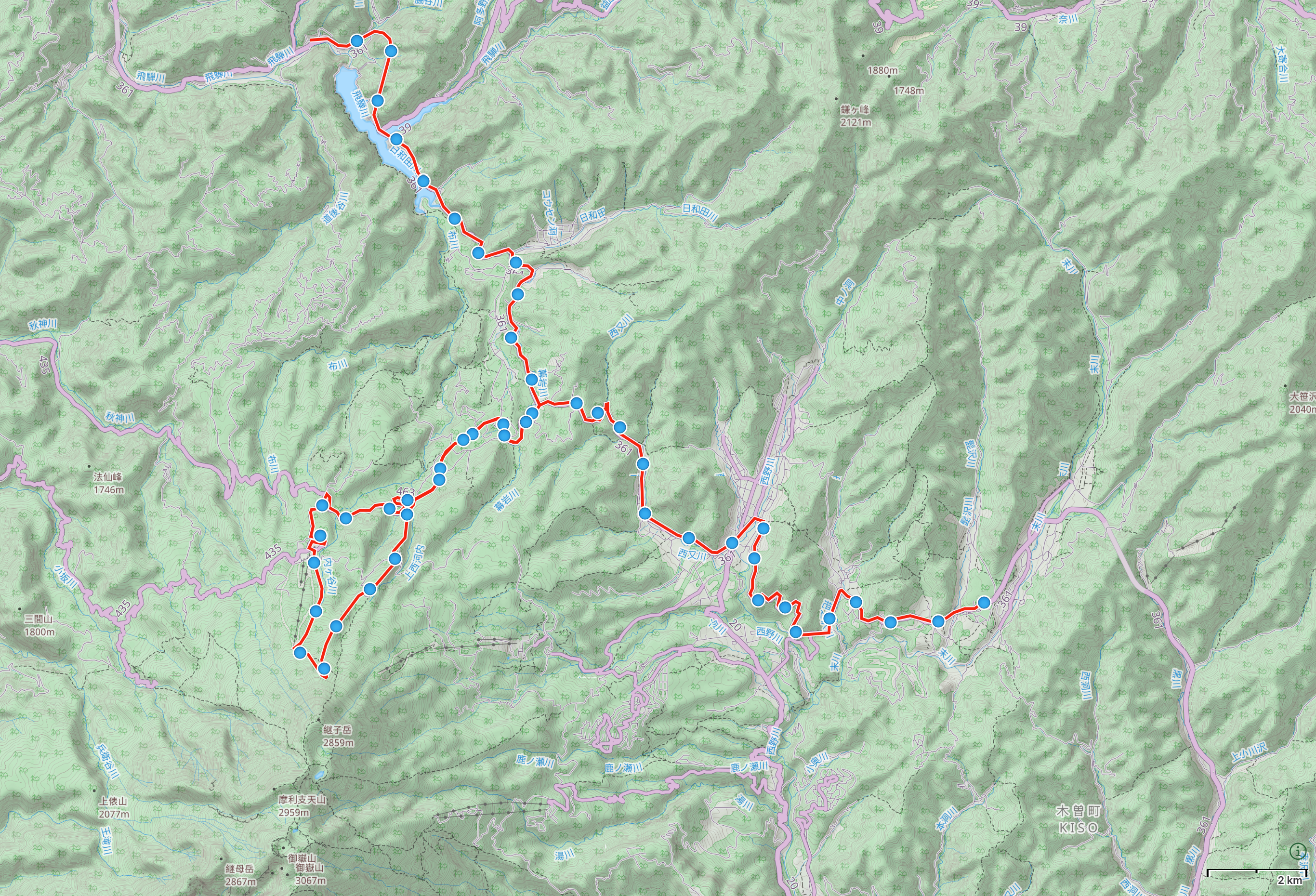
Capping what must have been a wild night not unlike a college boy, a moon moth went to sleep on the asphalt in the middle of a tunnel, on the road which snakes between the two great volcanoes of Norikura and Ontake. When I found him, soon after first light, I gently lifted him from the road and carried him to the safety of the forest. Not that he cared, he only fluttered his wings indignantly, but why would he have cared: the imaginal stage of a moon moth’s life is a matter of days. They put on their finest clothes — a spectacular cloak of acid green trimmed with maroon, a white collar, elaborate straw-yellow antennae — they reproduce, and then they starve to death, for they have no mouths. They fly at night like glow-in-the-dark bats, their flight flustered, acrobatic, mad with life.
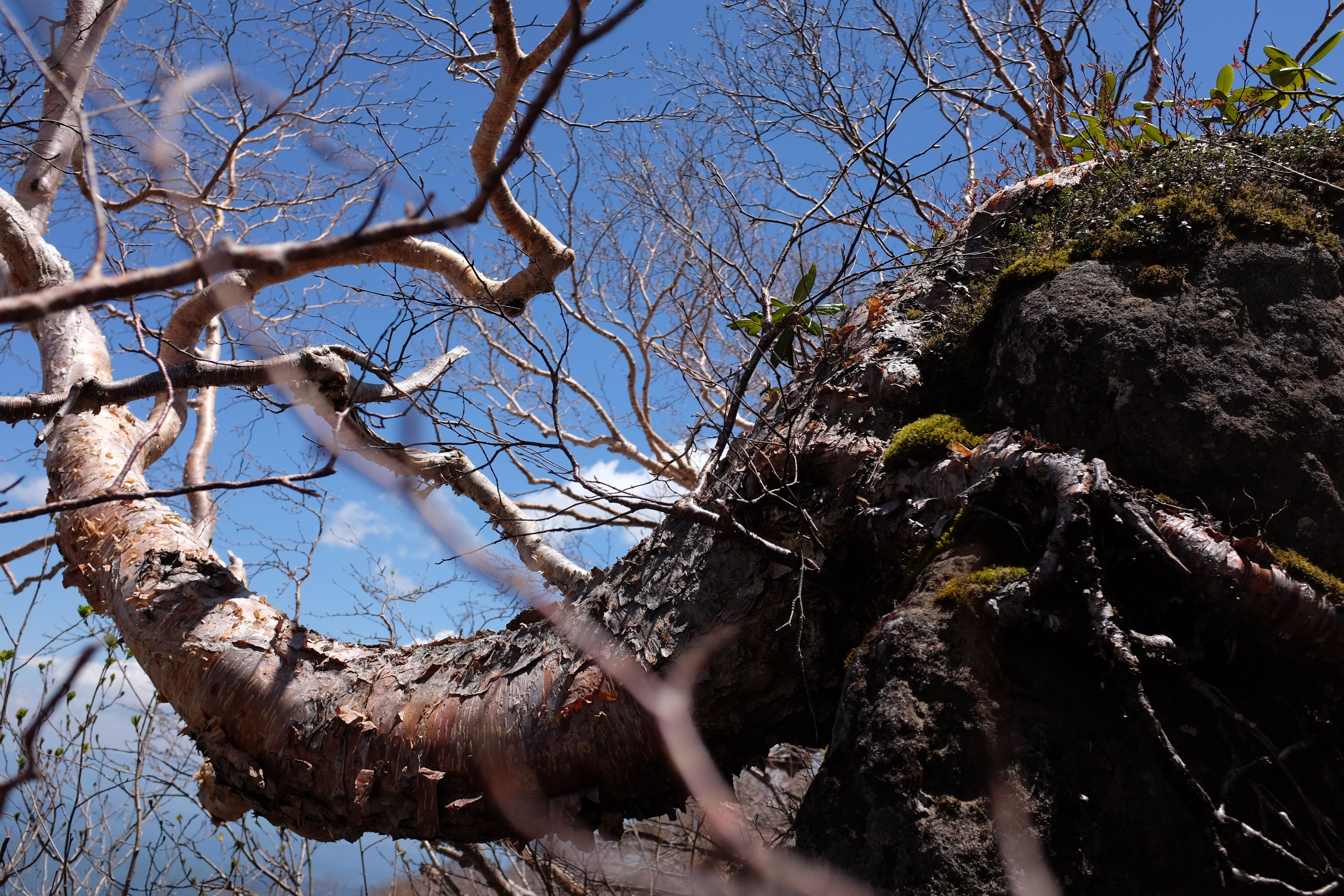
On the high, white castle of Mount Ontake, a narrow band of birch forest grows between the pines and the volcanic scree. Like coastal trees whose crowns grow lopsided in the constant wind, the trees are shaped by the extreme environment they inhabit: the heavy snows of the volcano push their trunks into the ground for most of the year, and they dip below the horizontal, towards the valley. Alone on the northern flank, I rested on the smooth, pink trunk of this magnificent birch, centuries old, and I pushed on, knee-deep in the June snow, then mid-thigh, until I was stopped by an impenetrable wall of Japanese stone pine at 2,400 meters, and I realized I had long lost track of the path.
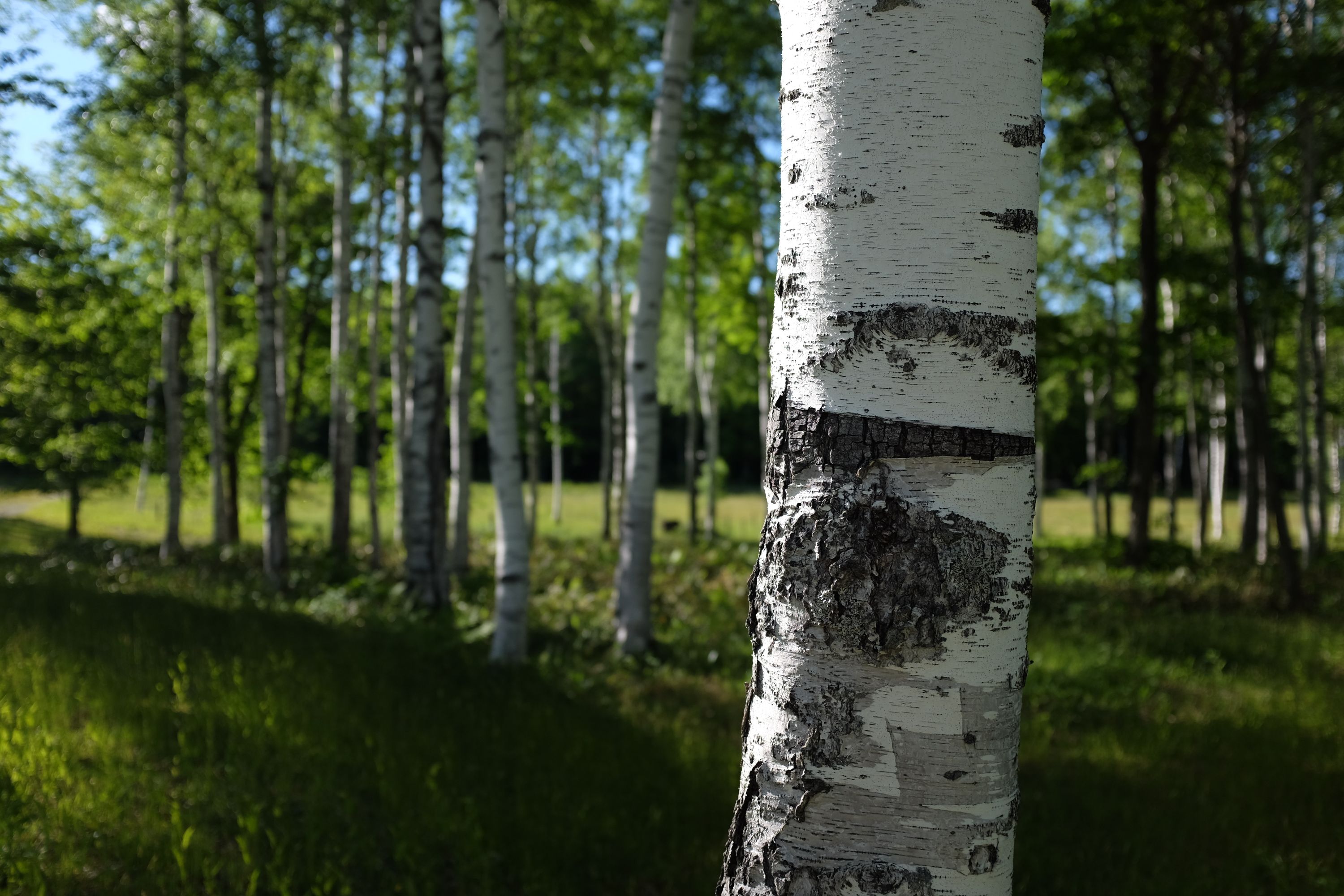
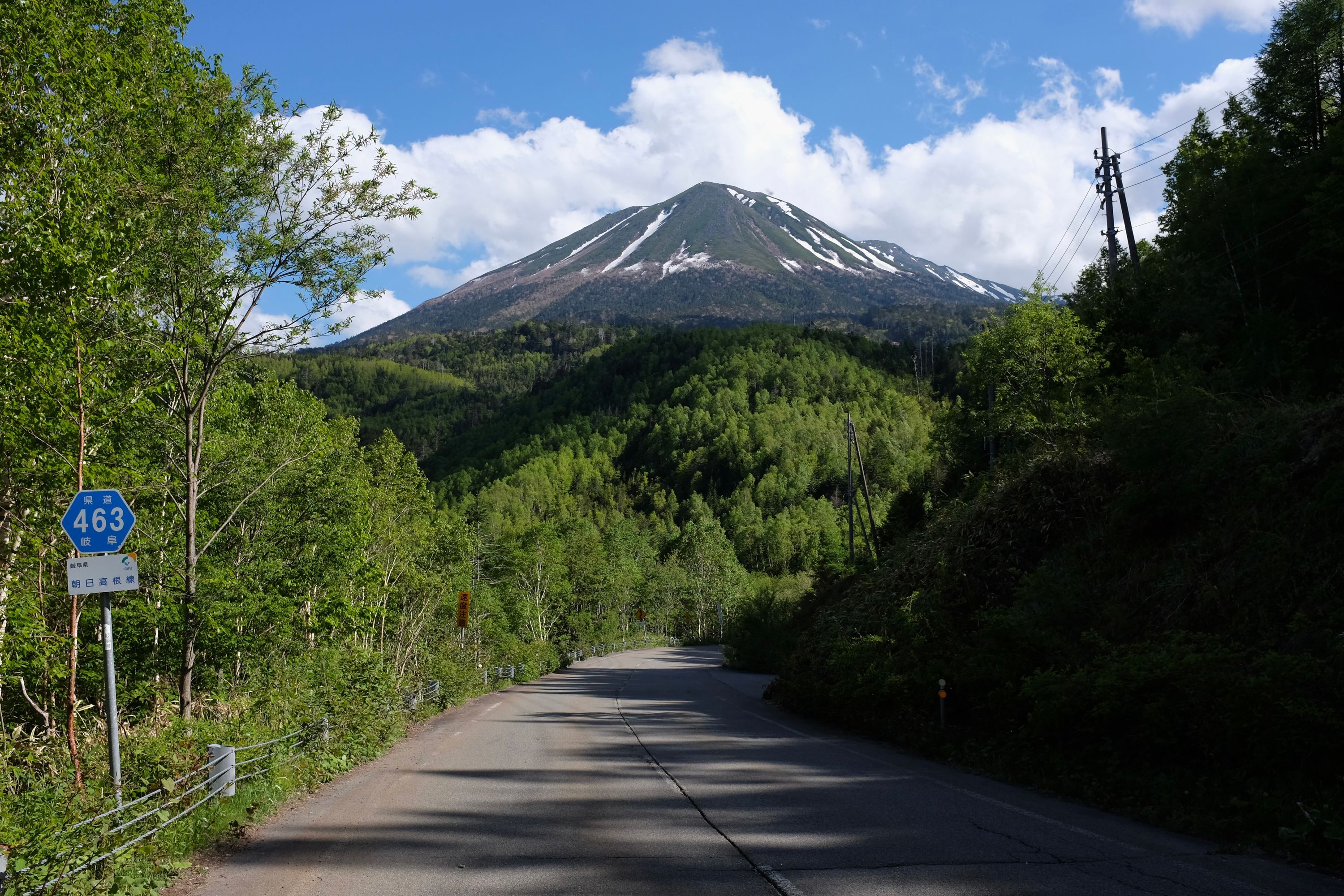
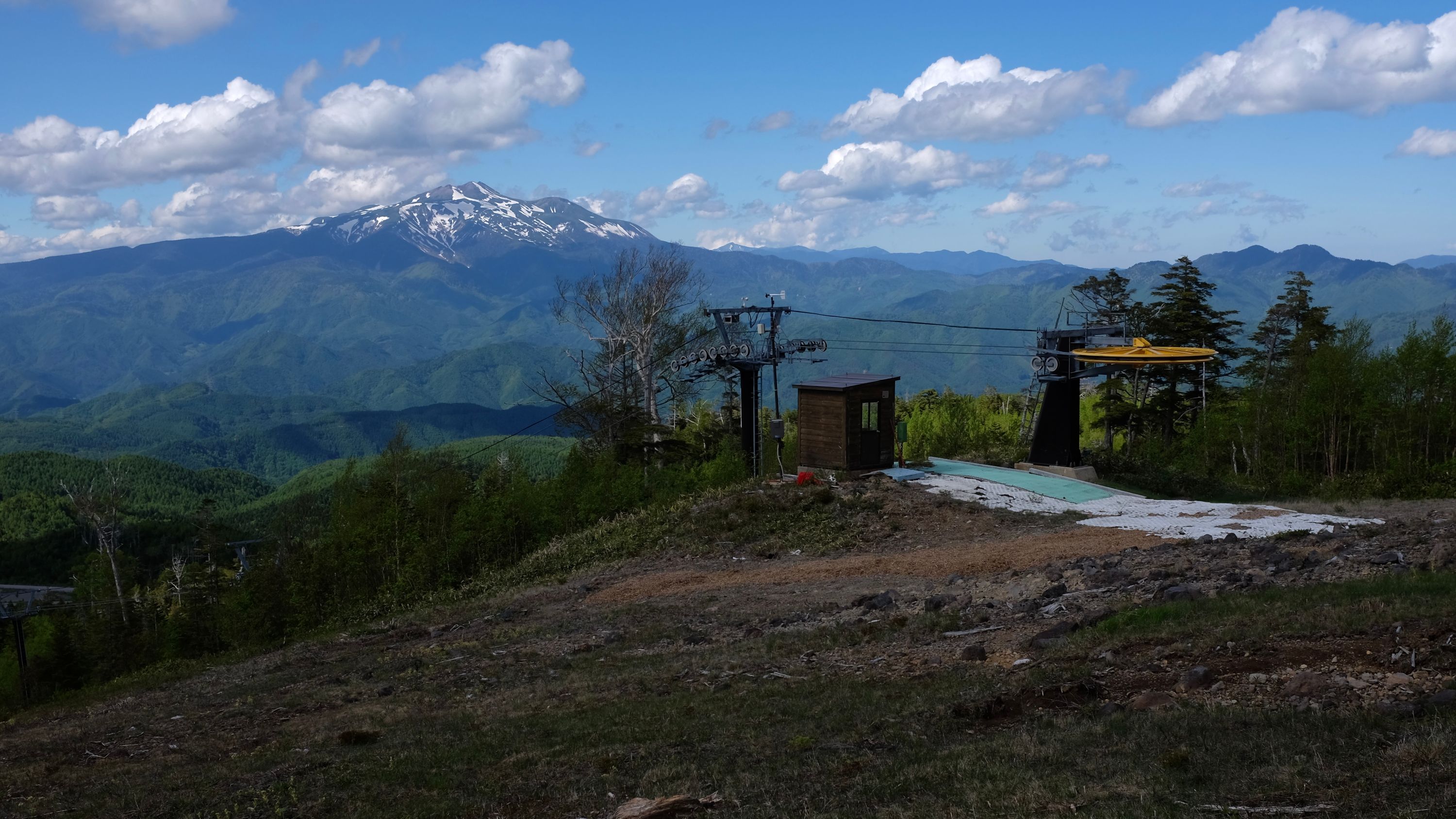
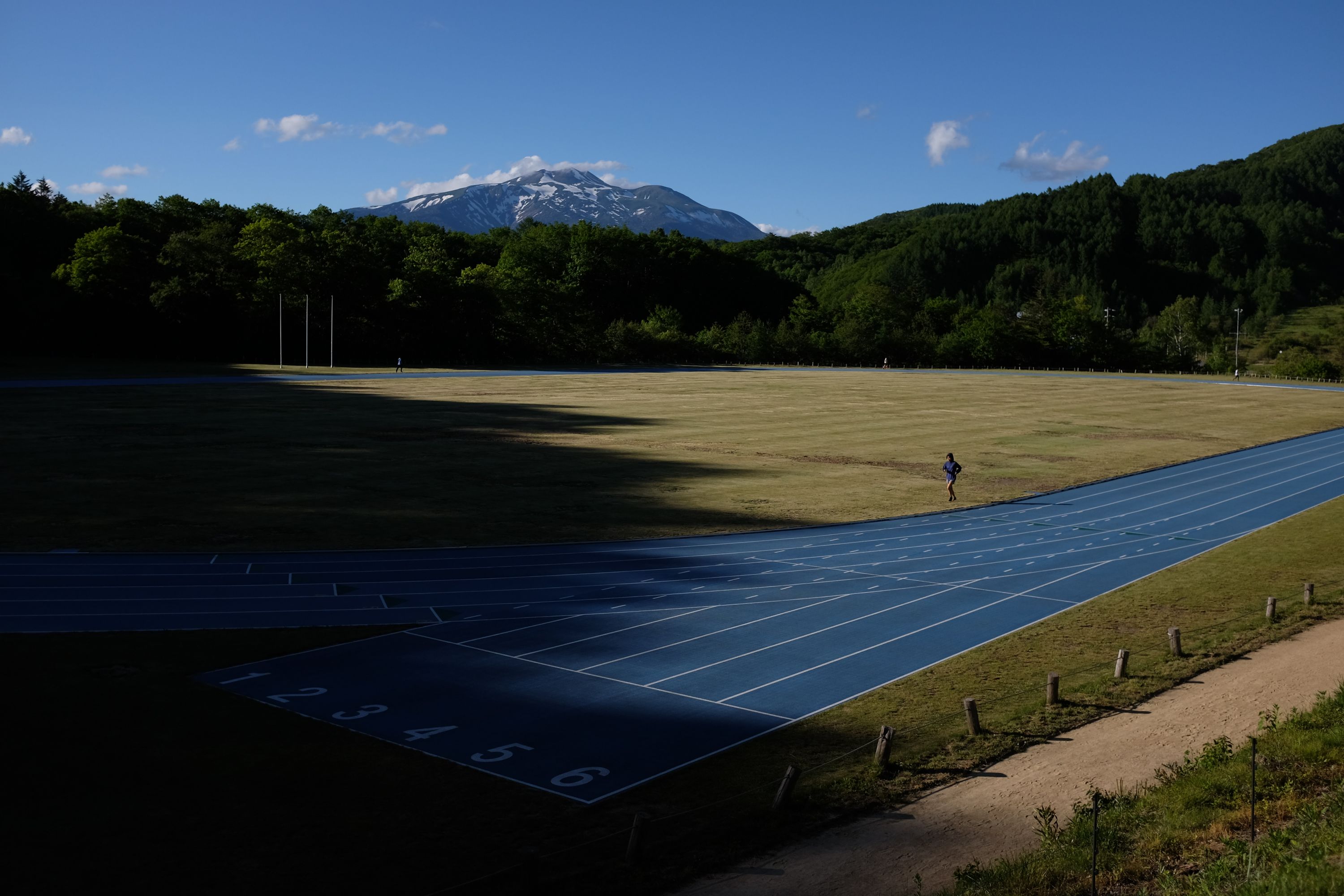
If you’re going to run laps around a track, you might as well do it a mile above sea level on the border of Gifu and Nagano, with Mount Norikura rising another mile into the afternoon sky.
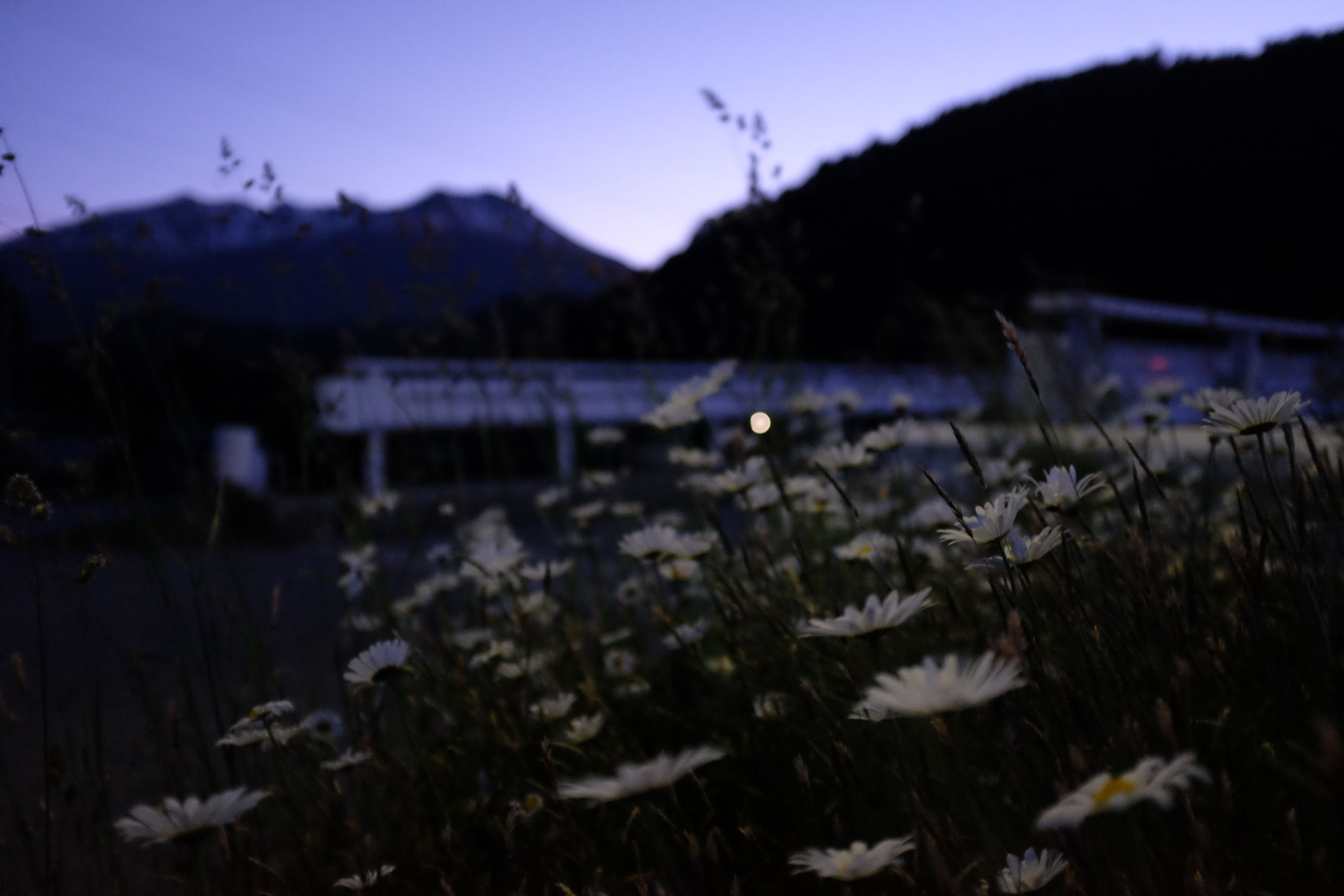
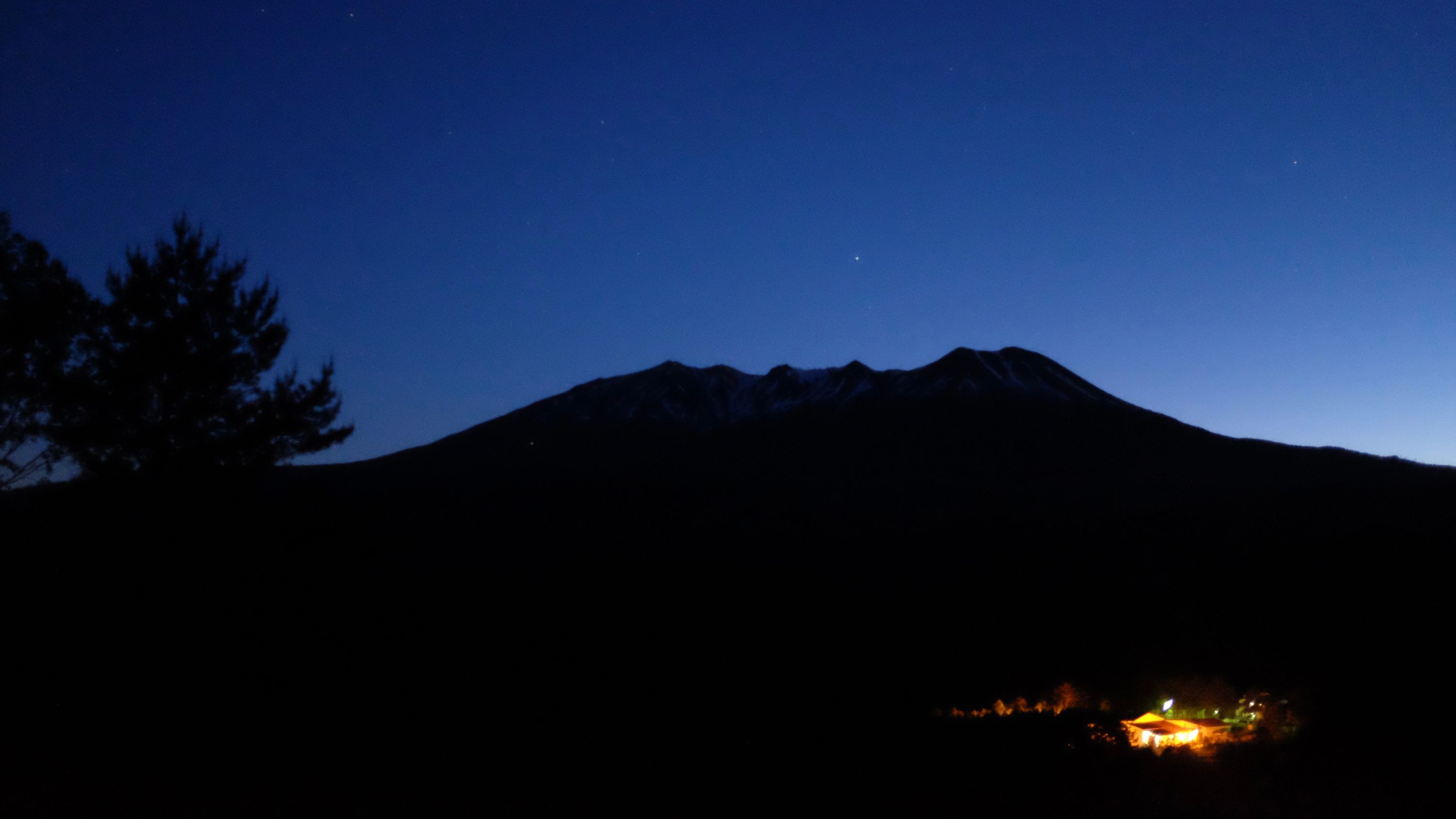
On a late autumn afternoon in 2015, I discussed the gender of certain volcanoes with my friend Sahar, who quoted Persian poetry in reply, which referred to Damavand as female2. The next spring, when, gasping for breath in the icy wind at 3,970 meters above sea level, I first saw it rise almost six kilometers into the sky above Tehran, I had to agree. Like Fuji, or like Parinacota, it is a Valkyrie of a volcano, graceful and ethereal in its white terror. But there are male volcanoes, sawn-off, blood-and-thunder peaks, and I now know that Ontake is one of them, like Sakurajima, or like Nyiragongo, and I crossed from Gifu into Nagano in its ink-black shadow, cold and alone, hollow with relief, my toes numb from its snows.
Unlike the rest of the mountains noted in the headings of this diary, I did not summit Mount Ontake. I reached a spot on the volcano’s northern flank at around 2,400 meters above sea level, some 600 meters below the summit crater, where I had to turn back due to deep snow, a lack of paths, and an impassable patch of stone pines.↩︎
It turns out I misremembered this conversation. The point of the poem Sahar quoted was that the gender of the volcano keeps shifting with the lines. This doesn’t change the point of my diary entry but it makes me appreciate Persian poetry even more.↩︎

